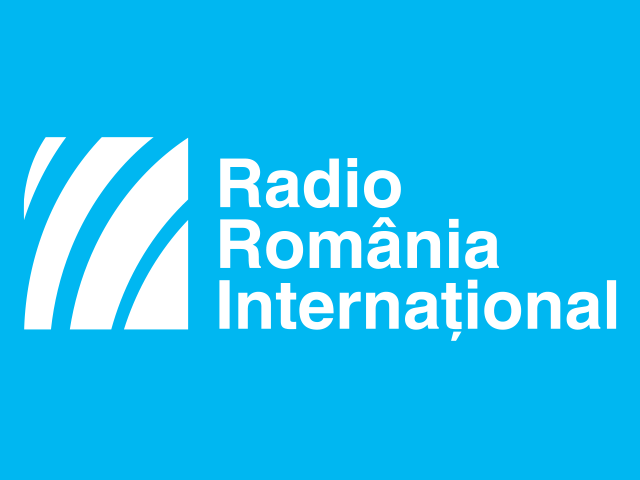Romanian Diplomatic Representation in the Turkish Space
Starting in the 19th century, gradually, the Romanian Principalities began to break away from Ottomanism

Steliu Lambru, 15.10.2023, 14:00
Starting in the 19th century, gradually, the Romanian Principalities began to break away from Ottomanism through the massive import of civilization and culture from the West. Thus, the diplomatic relations between Romania and the Ottoman Empire and its successor Turkey would also experience a resizing. As Romania gained its right to independent statehood, the diplomatic missions to host those who represented Romanian interests in the Ottoman and Turkish worlds were being rethought. A history of Romanias diplomatic missions is the newest project that a group of Romanian historians is working on. The star of the project is, by far, the Romanian representation in Paris. But the representations from the Ottoman Empire and Turkey also have a lot to say. Silvana Rachieru teaches Ottoman history at the University of Bucharest and she presented an outline for a history of Romanias diplomatic residences in Turkish space. This history starts from a building near Taksim Square, the legation, then consulate of Romania, now headquarters of the Romanian Cultural Institute. Silvana Rachieru began her research by listening to the buildings stories.
“The most thrilling of them tells the tale of how a lover of Princess Martha Bibescu had lost the building at poker or other games of chance, and after that the Romanian state acquired it and managed to recover it. Everything was very romantic, very beautiful, it fit the space we were in. But the information that the building had belonged to Marthea Bibescu appeared in the archives very clearly.” The diplomatic quarter was the European quarter of Istanbul. On La Grand Rue de Pera hosted, starting from the 17th century, the diplomatic residences of the Great Powers. In the 19th century, the new Romanian state sent its diplomatic representatives to gravitate around the great decision-makers of the time, but the possibilities of maintenance in that area were too small for the Romanian state. Here is Silvana Rachieru.
“The Romanian diplomatic agency that operated between 1859 and 1878 had rented space. In fact, it was the diplomatic agents apartment which also functioned as the headquarters of the diplomatic agency. This fact is mentioned in 1878 by Dimitrie Brătianu, the first representative of Romania in Constantinople after independence. He transmits, a few weeks after he arrives in the Ottoman capital, that the headquarters of the legation was in a stone house in the Çukurcuma neighborhood, also in the Pera area, where his home also was. Brătianu wrote that it was not the most appropriate headquarters to mark the opening of a legation, and that the ministry should make a nice gesture and provide funding for renting a more generous space, adapted to the new requirements.”
It was only in 1887 that the first headquarters was rented, separate from the personal residence of the diplomatic representative. And, since 1903, Romania has shown its serious intention to buy a building as a permanent residence. Silvana Rachieru.
“The final destination of the Romanian diplomatic mission in the capital of the empire, and in the most important city of the Turkish Republic, came to be in Sıraselviler street, which in Turkish means “Row of cypresses”. Here, in 1903, Romania rents a space. Behind this action is the then plenipotentiary minister Alexandru Lahovary. In the lease it is mentioned that when the owner decides to sell, the Romanian state would be the first to make an offer and purchase the space, which would start to be discussed much more seriously from 1905, and would be completed in 1907. From 1907 onward, we have a landmark near Taksim Square that is associated with Romania nowadays.”
The building was known as the “Musurus Pasha mansion”, after the name of its owner, an Ottoman diplomat of Greek origin. The neighborhood was a Greek one, which began to develop after the great fire of 1870. It was an active, energetic commercial area, where French-style apartments were built and offices operated. Nearby stands the most important Greek Orthodox church since the conquest of Constantinople in 1453. Until 1927, the headquarters of the Romanian legation would be there. The consequences of the First World War on the Ottoman Empire were to be tragic. Since 1923, after the proclamation of the Republic of Turkey, the foundation of the new capital in Ankara meant moving the center of gravity of the new state. And the diplomatic missions went to him, albeit after a delay. Romania also hesitated to take this step for a long time, and Silvana Rachieru told us why.
“They hesitated because Ankara, in 1923, was more rural than urban. The first diplomatic missions receive from Mustafa Kemal train cars in which to operate. It was hard to leave the Bosphorus, especially when you had an imposing residence. It took a long time to get to Ankara. The other powers were in no hurry to move either, but they were gradually moving. Romania lost an opportunity at that moment, because in the first years they were giving out plots of land in an area that Mustafa Kemal wanted to transform into the new diplomatic quarter. Romanias hesitation mean that, at the time of the move, there were no more plots available in that neighborhood.” Romania returns to renting premises for the legation in the residential district of Çankaya. And in the 1950s, they would buy a plot of land and build a building for the embassy on the street called Bucharest.





























